
THIS month’s notes are given over exclusively to the thrushes, mainly because I have some exciting news – at least I’m excited about it, anyway.
After two years with a lonesome male Siberian thrush (Geokichla sibirica), I now have a hen for him. In all honesty, I had decided to take a break from breeding any thrushes at all next year. My intention was to keep some of the song thrushes for show purposes, but not to put any pairs down to breed next year. This decision was simply motivated by the fact that, although not at all difficult to keep and breed, when there are young they are more demanding of my time.
I like to ensure there is a constant and steady supply of dendrobaena worms and other livefood when young are in the nest. This means it is not always possible to just swan off for the entire day and I rightly find myself reminded by my wife that I promised, when I came back into the hobby, that the birds would be nowhere near as tying as they had been previously: “Just a few finches for interest, blah, blah, blah” – you know how it is. I had even considered letting the Siberian thrush cock go if there was anyone lucky enough to have a hen to make up a pair.
Siberian action
Two things happened to change all that. First, I saw a reference seeking a mutual exchange of thrush species on a European sales site and Siberian thrushes were among the species mentioned. The contact number, however, was a UK number and so I made a note of this simply to get in touch and see what the situation was.
Esta historia es de la edición September 18, 2019 de Cage & Aviary Birds.
Comience su prueba gratuita de Magzter GOLD de 7 días para acceder a miles de historias premium seleccionadas y a más de 9,000 revistas y periódicos.
Ya eres suscriptor ? Conectar
Esta historia es de la edición September 18, 2019 de Cage & Aviary Birds.
Comience su prueba gratuita de Magzter GOLD de 7 días para acceder a miles de historias premium seleccionadas y a más de 9,000 revistas y periódicos.
Ya eres suscriptor? Conectar
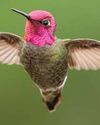
The World's Best-Known Hummingbird?
Intensively studied, the gem-like Anna’s hummingbird is a welcome visitor to the gardens of America’s most populous state: California. Bill Naylor investigates its life history
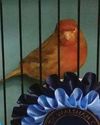
The charm of the English Cinnamon
Despite its long and complicated history, the true Cinnamon canary is still with us – in the hands of a tiny group of breeders. DONALD SKINNER-REID reckons it deserves wider appreciation
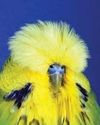
Spangles: a personal overview
FRED WRIGHT relates a budgie story of over-exploitation, consequent problems and abundant potential for the future

New converts to old breeds
Old and rare canaries have a reputation for adding fresh interest and challenge to the hobby. PETE HOOK and NICK JOY agree, and explain the birds’ charm to Dave Brown

Themed aviaries are a hit with the public at annual Stafford show
DECORATIVE AVIARY DISPLAYS from a CBS and an online bird keeping advice group were voted in the top three by visitors for the inaugural Stafford Aviary Competition.
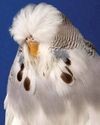
Pieds with potential
More than just a lesser variety, the dominant pied will introduce challenge and change into most studs, reckons CLIVE WAKEMAN. Here he discusses pairings to try and others to avoid

Club News
Welcome to the club and show pages – the bit that’s all about you Results: convention, specialist & rare and Breeder of the Year

Canaries Month by Month:
With Christmas around the corner, BRIAN KEENAN is well into his winter programme, and reckons he might deserve a nice outcross
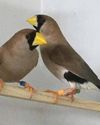
Smart Choice, Docile Nature
Dave Brown welcomes the masked grassfinch to his birdroom and shares advice on this lovely Australian species
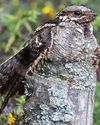
The truth about the ‘flying toad'
Odd local names and weird superstitions can’t hide the beauty and elegance of the nightjar, a species that has made a fascinating subject in a few zoo collections, reveals BILL NAYLOR